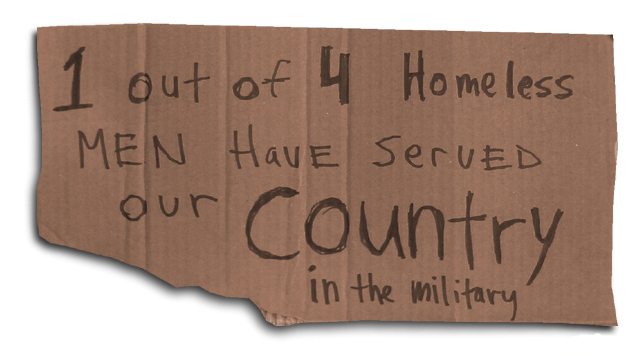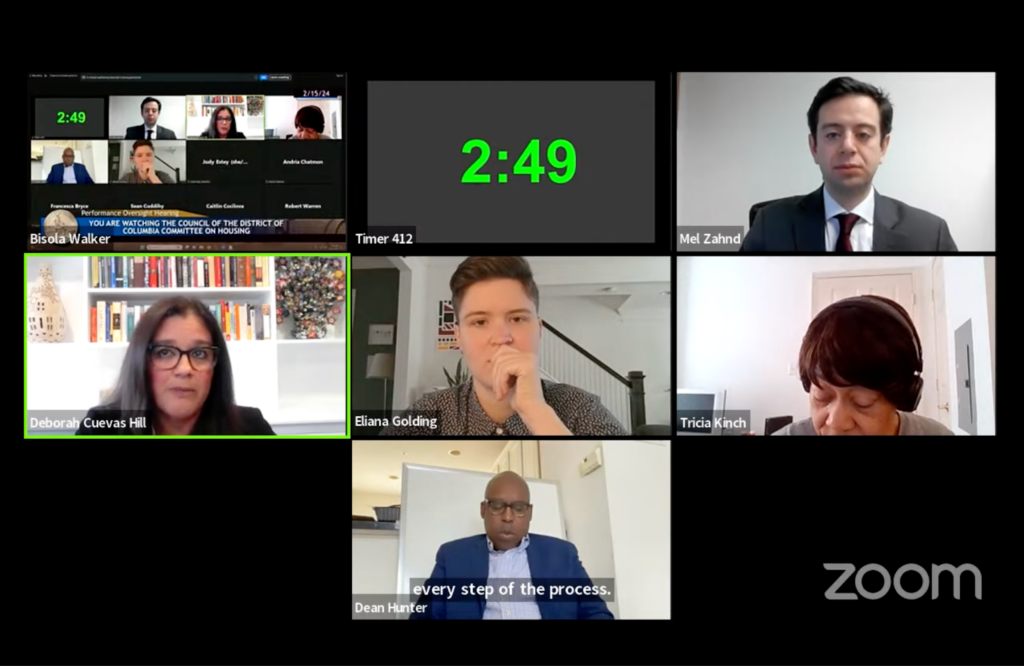Memorial Day is dedicated to honoring soldiers who gave their lives during various conflicts in American History. While Memorial Day has come and gone, a focus on the men and women of the United States Armed Forces is still prominent in the nation’s capital. The National Coalition for Homeless Veterans (NCHV) held its Annual Conference last week, in the final year of the nation’s Five-Year Plan to End Veteran Homelessness.
While some cities across the nation have reached “functional zero”—when the chronically homeless veteran population has neared the zero percentile, and functional systems exist to identify, engage, and house the remaining chronically homeless veterans—Washington, D.C., has yet to reach that desired status, according to the NCHV.
The Metropolitan Washington Council of Governments’ homeless census confirmed the veteran homeless population is still far from reaching functional zero. According to the 2015 Point-in-Time (PIT) Count, 529 single adult homeless veterans and 31 homeless veterans in families are still within the Washington, D.C., area on any given night.
“The Zero: 2016 Campaign,” which aims to end chronic and veterans’ homelessness by the end of 2016, is serving as a hopeful goal for many jurisdictions in and around the Washington, D.C., area. Arlington County, the District of Columbia, and Montgomery County have joined the campaign. Additionally, the City of Alexandria, Fairfax County, and the District of Columbia have joined the Mayors Challenge to End Veterans’ Homelessness by December 2015, initiated nationally in 2010. On June 4 2014, Michelle Obama announced that 77 mayors, 4 governors, and 4 county officials committed to the challenge.
The U.S. Department of Housing and Urban Development and the U.S. Department of Veterans Affairs offer support for homeless veterans through various outlets such as the Supportive Housing Program (HUD-VASH) and the Supportive Services for Veteran Families (SSVF).
The U.S. Department of Housing and Urban Development explains that the HUD-VASH program is increasing the availability of housing choice vouchers and will subsequently place more homeless veterans into permanent housing, while the Department of Veteran Affairs describe the goal of SSVF “to provide veterans and their families assistance in obtaining VA benefits, case management, and outreach.”
John Smith (not his real name) is a veteran of the war in Iraq who has been struggling with homelessness and unemployment since he returned to the United States. Smith spoke with Street Sense under the condition of anonymity. Already contending with the difficulties that his post traumatic stress disorder (PTSD) is causing in securing employment, Smith did not wish to publicize his name due to concerns that it may further impede future opportunities for employment.
“It wasn’t supposed to be this hard coming home. [Potential employers] all say that they put veterans first, but I haven’t seen that,” said Smith. “Having been to Iraq, I am automatically associated with PTSD, and there is a stigma associated with PTSD that has kept me from getting a number of jobs.”
Smith has had experience dealing with HUD-VASH and the SSVF, but has yet to find an opportunity to improve his current living conditions.To be considered chronically homeless, one must be “an unaccompanied individual with a disabling condition that has been homeless for one continuous year or 4+ times in three years,” according to HUD-VASH.
“I was denied a housing choice voucher because they didn’t consider me chronically homeless,” said Smith, who critiqued aspects of the HUD-VASH program. Smith described a friend that has been living through the HUD-VASH program for nearly four years.
“I only need a few months off the street to get back on my feet,” said Smith.
David Tweedie, System Administrator for The Community Partnership, described the difficulties of obtaining a functional zero status, but remains hopeful nonetheless. Tweedie explained that finding, assessing, and prioritizing cases is a tremendous task, but not an impossible one. As the standards for assessing and prioritizing cases of homeless singles become more streamlined and standardized, it will be easier to place those homeless singles into a suitable form of housing.
“From the singles side of this issue, it’s about “How do we find you?’” said Tweedie. “If we’re talking about cases that are scoring 14, 15, 16, or higher, these are individuals we need to consider. It’s one thing to increase the supply of housing options, but a whole other challenge exists in finding them.”
To help assure that a functional zero state is reached in Washington, D.C., various initiatives and organizations are working hard to eliminate homelessness among veterans by the end of 2015, but as Smith’s case shows, it is an uphill battle.
The federal strategic plan for ending homelessness among veterans by the end of 2015, Opening Doors, has shown that significant progress is being made across the country, and efforts to meet the goal are ramping up in 2015. According to the nationwide PIT count that occurred in January 2014, the number of homeless veterans has declined by 24,837 people—or 33 percent—since Opening Doors was initiated in 2010.
Although tremendous progress has been made, there now exists a need to ensure that veterans such as Smith do not fall through the cracks of the system, and functional zero is truly met.
“When we’re talking about ending veteran homelessness, advocacy is a great way people can help engage the issue. Learning more about the problem, and participating in the public meetings regarding homelessness that are available, are ways to start advocating for an end to veteran homelessness,” said Tweedie.








